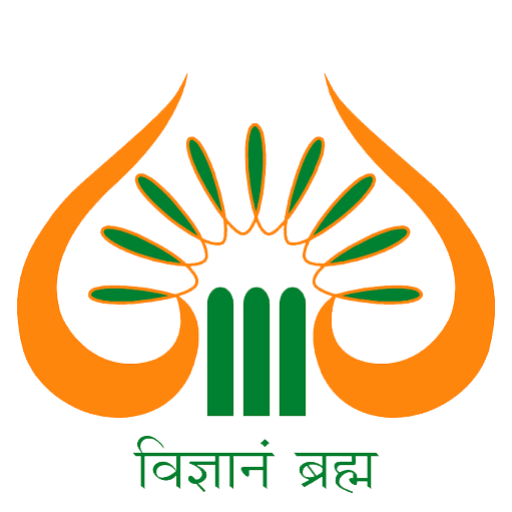Shri Mata Vaishno Devi University
- Home
- About Us
- Academics
- Research
- Students
- Examination
- Campus Life
- Notifications
- Jobs
- Downloads
- Contact
- Quick Links
Design education and engineering education are distinct fields with different pedagogical approaches, although there can be some overlap, particularly in areas like product design or industrial design where design and engineering intersect. Design education places a strong emphasis on creativity, aesthetics, and user-cantered problem-solving. It teaches students to think critically, innovate, and communicate their ideas effectively.
Design students frequently use visual communication tools like sketches, storyboards, wireframes, and design software to convey their ideas. They may also use design thinking methodologies to empathize with users and generate creative solutions.
1. UCEED 2026 Information
2. CEED 2026 Information
Vision: To be recognized for leadership in the discipline and the profession by advancing design brilliance in sprouting worldwide atmosphere, promoting human health and wellness, and enlightening accountability to society, the environment, and the career.
Mission: To prepare the next generation of design professionals to shape the quality and condition of human experience in the built environment through design excellence, and to provide academic leadership through the scholarship of teaching and learning, design research, and commitment to advancing the profession. Committed to supporting the following University’s values:
Collaborative: foster a culture that values and rewards collaboration at all levels of the university: across disciplines; among faculty, staff, and students; with other universities and institutions; and those we serve.
Creative: nurture ingenuity throughout all areas of the university by creating a culture that encourages excellence, risk taking, and an open-minded approach to challenges, while also recognizing and rewarding emerging talent and ingenuity.
Culturally Adept: celebrate our own uniqueness combined with an awareness and respect of local and global values and beliefs, which help to strengthen the intellectual environment and support our commitment to diversity and inclusion.
Globally Engaged: understand that global events and culture affect our university, just as our scholarship, discovery, and experiences contribute to the world around us. Only through a conscious and consistent effort to connect with our global neighbors can we ensure that we advance the greater good for our entire planet.
The field of design is always evolving, here are some general trends and practices that were prevalent. Keep in mind that the design world can shift quickly, so it is good to stay updated:
In terms of practices, honing your technical skills in design software (like Adobe Creative Suite), regularly updating your portfolio, and staying curious about emerging technologies and design philosophies are crucial. Networking with professionals in the field, attending design conferences, and participating in design communities can also be beneficial. Remember, these are general trends, and depending on your specific area of interest within design, there might be additional or different trends to explore. Some specific areas
In a Bachelor of Design (B. Design) course, the interaction between academia and the industry is like a well-choreographed dance, with academia providing the artistic moves and industry offering the stage for real-world application.
In essence, the academic-industry interaction in a B. Design course is a dynamic and mutually beneficial relationship. It prepares students for the challenges of the design industry while ensuring that the industry benefits from a pool of talented, well-trained designers. It is a journey of creativity meeting practicality, producing graduates ready to make their mark in the professional design landscape.
Design is rapidly going through a phase of change and innovation due to the increasing consumer demand of preferred utility and comfort. Building a career after a B. Des course not only provides one with the satisfaction of seeing ideas manifested into shape and form but rewards one with recognition.
COORDINATOR
Dr. Ankush Anand
Phone: 9797598684
Email: ankush.anand@smvdu.ac.in
CORE FACULTY MEMBERS – Download
| Name | Institute | Role | Area of Expertise |
|---|---|---|---|
| Prof. L. K. Das | Former Professor, IIT Delhi | Adjunct Faculty | Design Education and Principles |
| Prof. R. M. Singhari | DTU, New Delhi | Guest Faculty | Visual Design |
| Prof. Mihir Bhole | NID Ahmedabad | Guest Faculty | Design Thinking |
| Prof. Sumer Singh | IIT Delhi | Guest Faculty | Product Design |
| Dr. Deepshikha | JMI Delhi | Guest Faculty | Industrial Design |
| Dr. Neeraj Rathee | DTU, New Delhi | Guest Faculty | Graphic Design |
| Dr. Sudhir Sharma | Indi Design, Pune | Industry Expert | Product Design |
| Dr. Monica Singh | DTU, New Delhi | Artist | Art and Visual Design |







